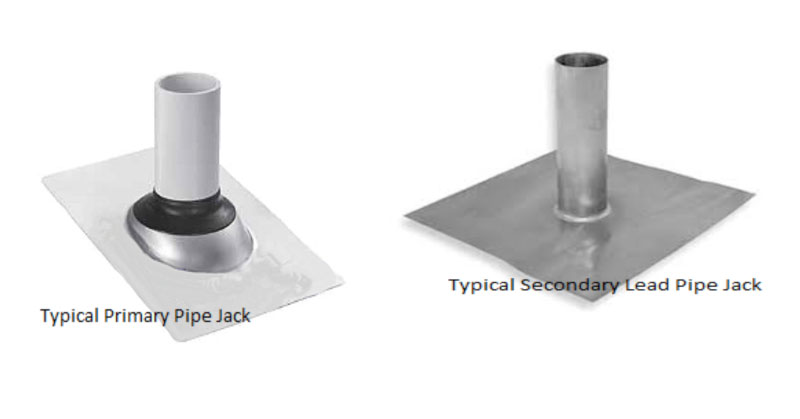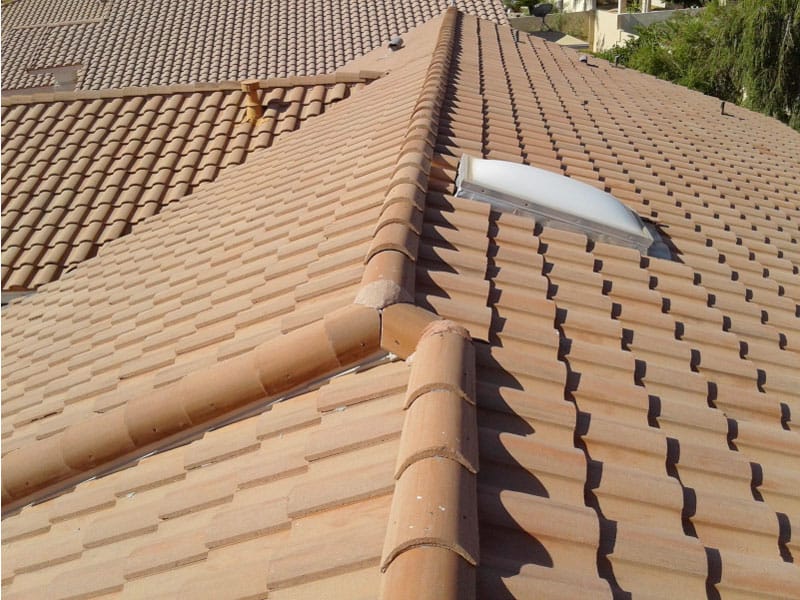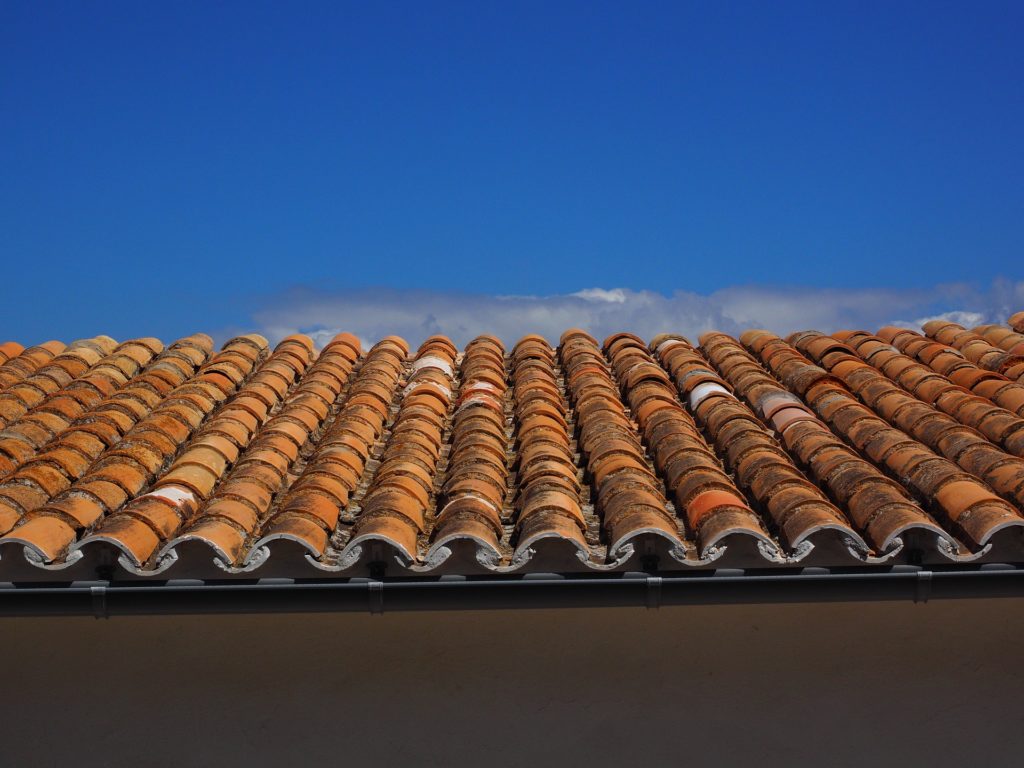Do you have a roof leak on your tile roof? Or maybe your tile roof has leaked in the past? If so, you probably want answers to your questions about why tile roofs leak, how to fix a leaking tile roof, and how best to prevent a roof leak in the future.
Generally speaking, a tile roof leak on a roof that’s under 35 or so years old and has not suffered a weather event is going to be a direct or indirect result of the original installation.
The unfortunate truth is roofing contractors who work for developers almost always pay the roof installers by the square. This means that the guy who is actually doing the installation has an incentive to install the roof quickly as he can – less installation time means more money per job.
The field of the roof is covered with tile underlayment which is quick and easy so that usually is done well. The fir strip battens are quick and easy so that also gets done well. The tiles themselves are readily visible so tile installation must be done well. So far so good.
This, unfortunately, leaves the flashings and transitions, which are critical but time-consuming to do correctly. On top of that, they are nearly impossible to see after the fact. If the visible flashing is in place but underlying components are done wrong or left out entirely, you won’t be able to tell just by looking at the roof.
Some of these tile roof installation errors and omissions leak right off the bat and are discovered during the construction of the house or soon afterward. Others slowly damage the underlayment by allowing more water onto the underlayment than it is designed to carry. This water can simply overwhelm the underlayment with more flow than it can handle, or it can slowly deteriorate the material and render it useless.
In either case, the roof must be opened up, the problem resolved, and then put back together.
There is no such thing as a tile roof leak where the repair can be done without first deconstructing the area of tiles and flashing. Leak repairs to tile roofs cannot be repaired by sealing anything on top; it must be sealed below the tiles.
The Anatomy of a Proper Pipe Flashing
There are two main components to a pipe flashing. Actually, there are two flashings used for each pipe – the primary flashing and the secondary flashing.
The industry overall seems to contradict itself on the individual names for each but we choose to call the one installed first (the lower one) the primary flashing (also called a pipe jack) and the secondary flashing is the one installed second (on top). Other Tucson roofing contractors might name them the other way, looking at it from the rain’s perspective – the outer flashing is hit by the rain first and it the first line of defense so it’s called the primary flashing, while the lower flashing is the second line of defense.

How Pipe Flashing is Installed on Tile Roofs
The deck of the on which the roof is built is usually constructed of plywood. This is not specifically a roof component but part of the framing done before the roofer arrives. If there are vents or pipes in the roof, the plumber will have cut a hole in the plywood decking and installed a pipe through the hole.
When the roofer arrives, his first step is to install the underlayment, which is laid directly on top of the plywood and is usually nailed in place. When he reaches the pipe to be flashed he simply cuts the paper underlayment around the pipe and continues on up the roof.
Next, a primary jack is installed over the pipe and the cut in the underlayment so that it fits snugly around the pipe and lays directly on the paper underlayment. This is the critical flashing that is designed to keep any water that gets under the tiles from entering the house. This is also the flashing that cannot be seen when the roof is completed.
As you can see from the two photos above, the flashing is much larger on the secondary pipe Jack. It’s installed when the roof tiles are installed and is meant to lap over and under the tiles. The lead tube fits over the pipe and extends above the sewer vent pipe and gets tucked into the pipe. This is the flashing you can see when you look at a tile roof but, unfortunately, it’s not the one that usually causes roof leaks.


